SCTC is an exciting international Argentine tango competition open to everyone, regardless of skill level or residency. Anyone (amateur or professional) from any country can compete.
MEET THE JUDGES

Supervisor & Head Judge
Danilo
Maddelena
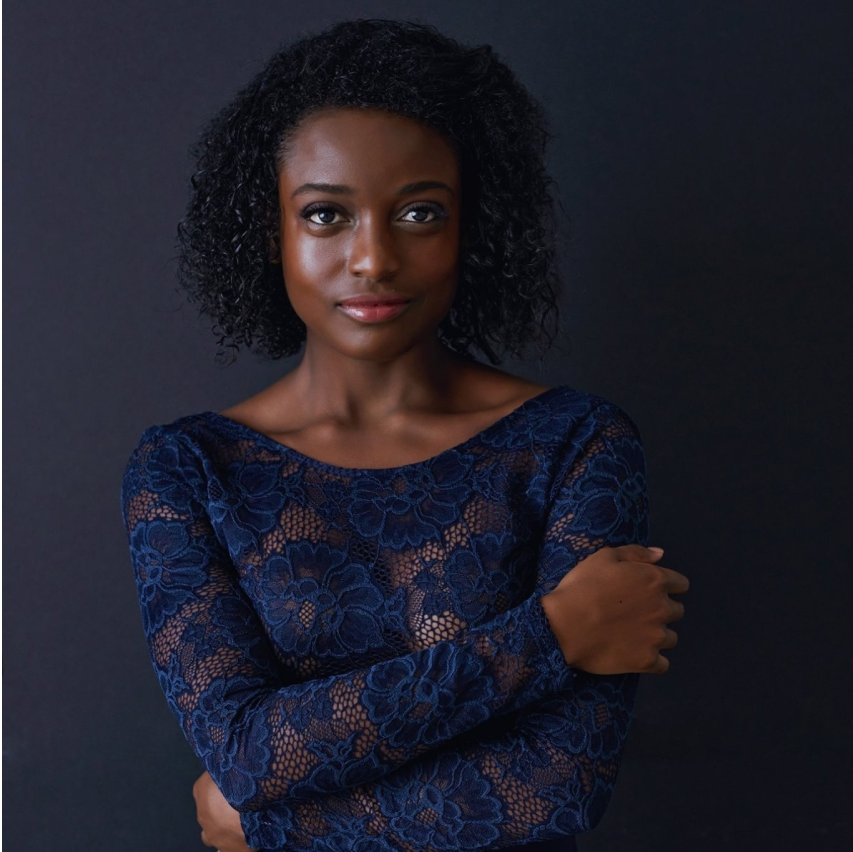
Competition Coordinator
Amanda
Di Garli
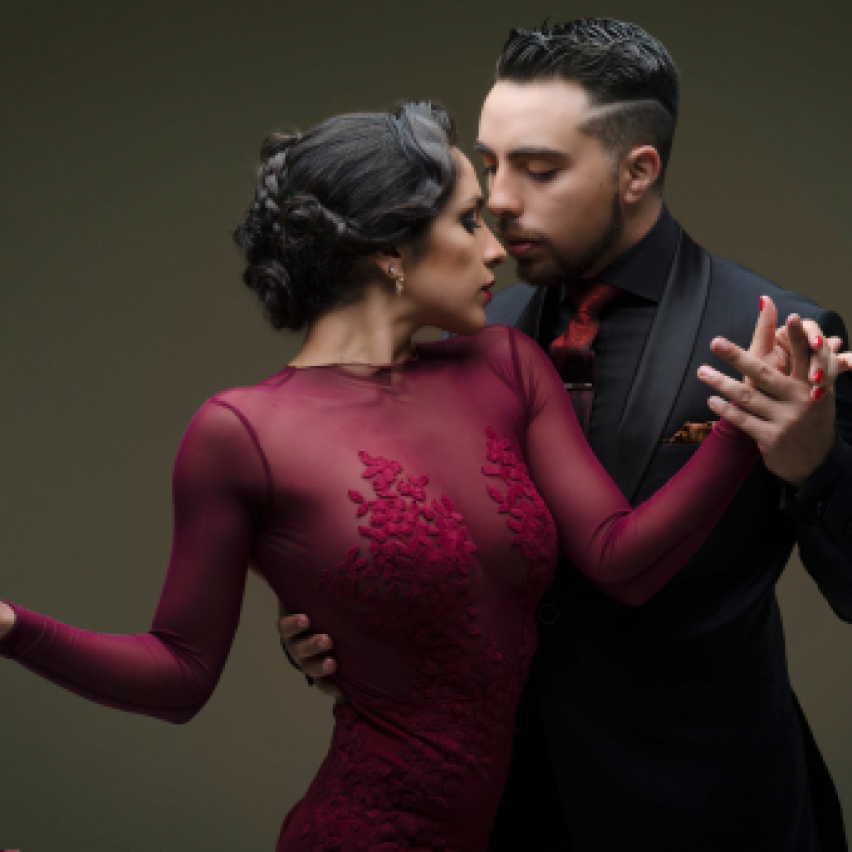
Judges
Clarisa &
Jonathan
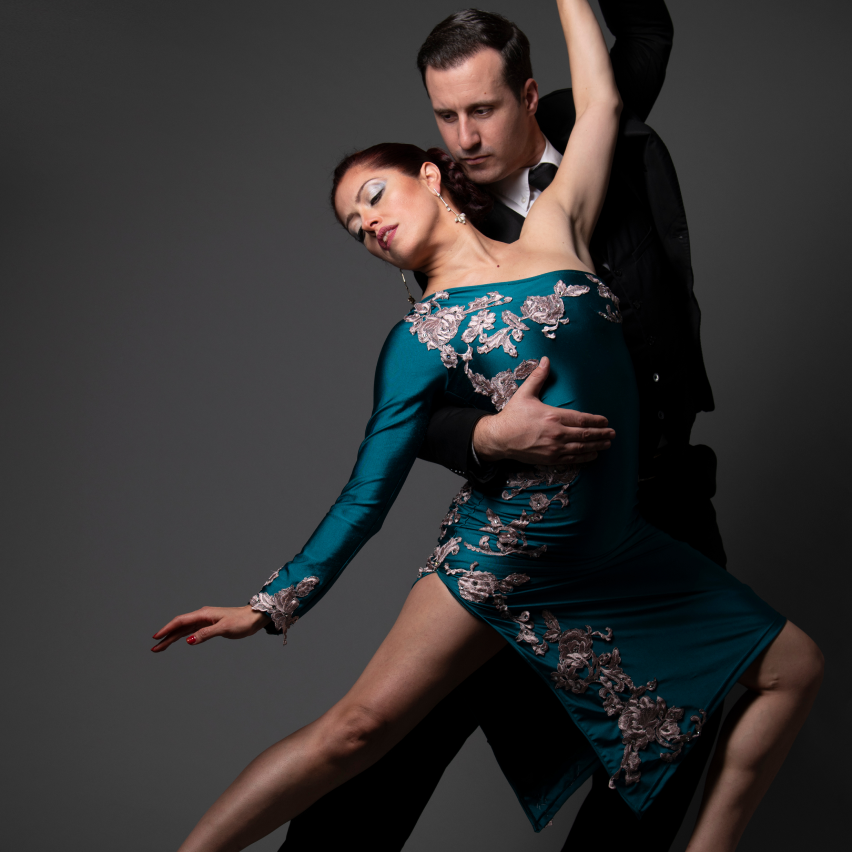
Judges
Vanessa &
Facundo
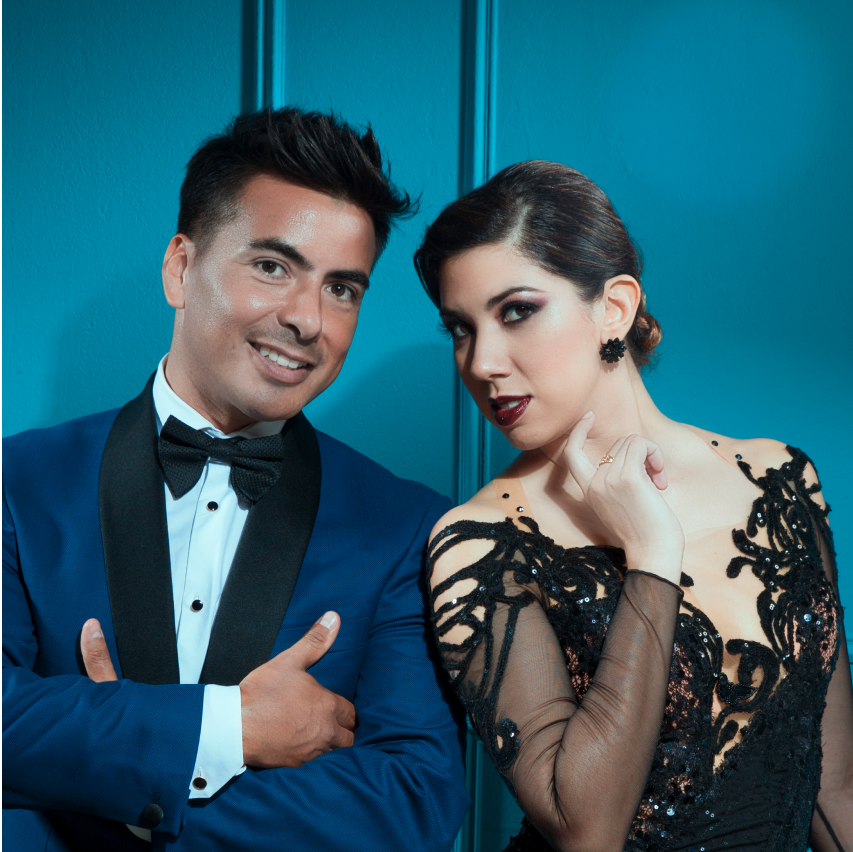
Judges
Roxana &
Sebastian

Judges
Corina &
Octavio
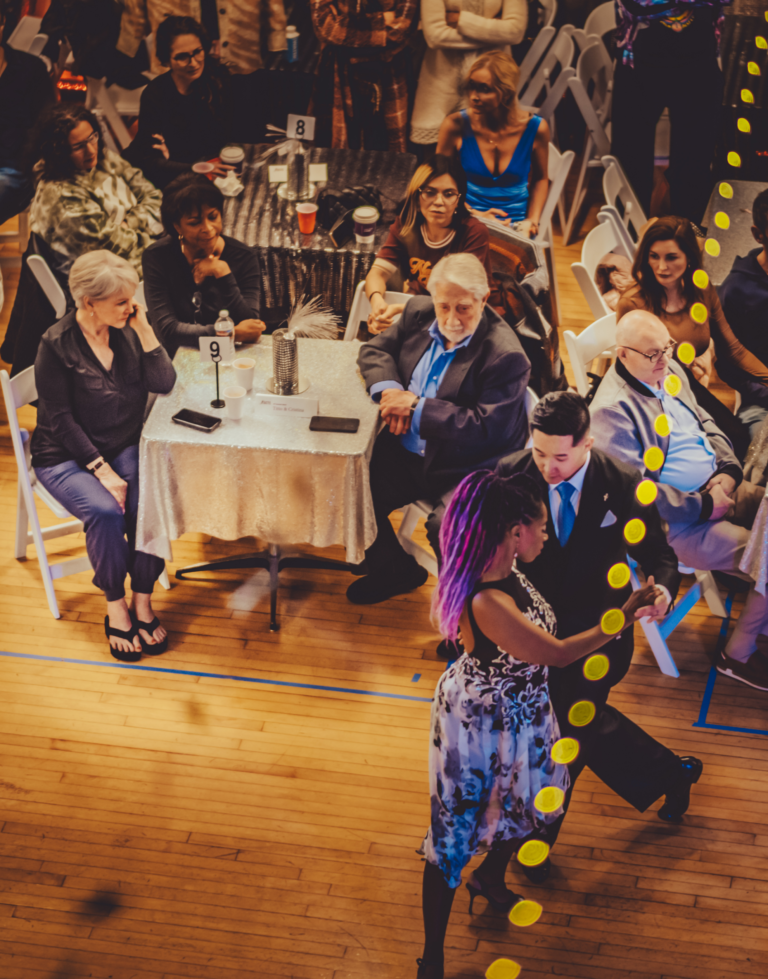
GENERAL INFORMATION
SCTC is an exciting international Argentine tango competition open to everyone, regardless of skill level or residency. Anyone (amateur or professional) from any country can compete.
SCTC is organized by Yuli b who ensures the smooth running of the competition and compliance with the terms and conditions of participation, as well as the promotion of the event and awarding of prizes. Yuli b commits to impartiality and has no influence on the evaluation of the jury.
Competitors are scored by our chosen panel of judges. All competition rounds will be open to spectators.
Social categories will feature multiple couples on the floor at the same time, dancing in improvised movements to random music. Stage categories will feature one couple (or one stage group) at a time dancing in choreography to pre-selected music.
The competition will be held from Thursday March 7th to Sunday March 10th.
FINAL ROUNDS are held on SUNDAY March 30 featuring finalists. Winners and prize announcements will follow shortly. (GROUP ESCENARIO will compete only on this day.)
The exact days of each competition category will be determined by the number of competition registrations. This will be announced after the close of registrations February 20th, 2024.
Qualifying Rounds
held on FRIDAY MAR 10, featuring all registered couples.
Qualifying Rounds
held on FRIDAY MAR 10, featuring all registered couples.
Qualifying Rounds
held on FRIDAY MAR 10, featuring all registered couples.
NOTE: The exact days of each competition category will be determined by the number of competition registrations. This will be announced after the close of registrations February 24th.
Competitors are scored by the “point system” similar to Tango World Championship. For more info – see video here.
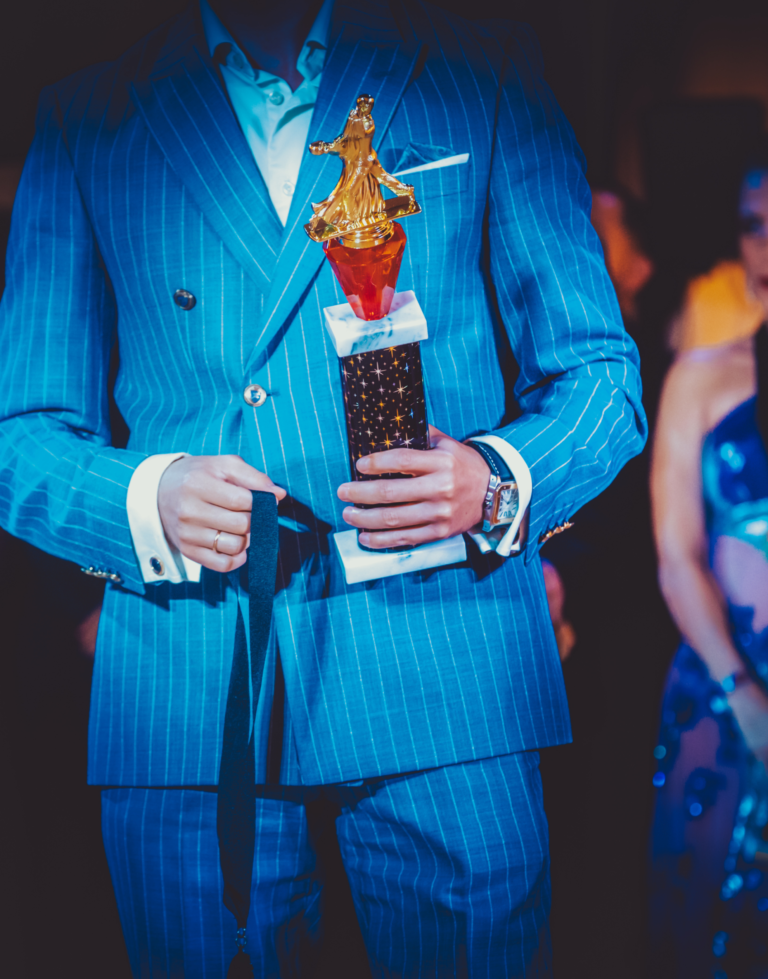
REGISTRATION RULES
- Competitors of any nationality or citizenship are welcome to participate/register, but MUST BRING OFFICIAL ID on day of registration.
- In SENIOR TANGO category one of the competitors in the couple must be at least 55 years of age and the partner must be up to 15 years older or younger.
- Competitors may have one or multiple partners, but can participate only ONCE in each category with the exception of group stage category.
- In order for the stage group category to be considered a competition and receive prizes, a minimum of 2 groups are required to register, otherwise it will be considered a showcase.
- 10 couples must be registered to guarantee cash prizes.
- In the event that less than 8 couples have registered, the prizes and trophies will be awarded only to the 1st place winners.
- In the event that less than 6 couples have registered, competition will become a showcase with evaluation by judges. There will be no prizes.
COMPETITION RULES
- A dancer is considered a PROFESSIONAL if they are making any income from tango dancing, teaching, and/or performing.
- A dancer is considered an AMATEUR if they are not making any income from tango dancing, teaching and/or performing. The dancer is NOT considered an amateur if assisting classes, being a practice, dance partner and/or performing partner to a professional.
- Pro/Am Couples must consist of a professional and an amateur student. They cannot be dance partners, practice or performing partners.
- The judges will judge the competing pro-am couple and not only the amateur competitor.
- SCTC 2024 Competition Supervisor reserves the right to disqualify a couple that does not meet these requirements.
FOR SOCIAL CATEGORIES (TANGO, VALS, MILONGA, SENIOR TANGO):
The social competition categories are danced IMPROVISED just as you would in a traditional milonga setting with extra emphasis on elegance, connection, technique, musicality, and style. Social categories are danced each day in groups to 3 different songs (per group, per category). Competitors are encouraged to dance as “naturally” as they can in respect to the traditional tango style. Judges will give extra attention to each couple’s posture, embrace, connection, elegance, musicality, walking, turns, and style.
TANGO DE PISTA (unrestricted entry, amateurs and professionals)
- Tango de Pista is conceived as a social dance, where the most important aspects are the improvisation, embrace and connection between the dance partners.
- Circulation of couples: Couples, as in a real dance hall, will dance in rounds and will have to constantly move counterclockwise without going backwards. They will be allowed, if needed, to walk one or two step backwards at most always within the space of the couple. The couple must be aware and respectful of their own and other couples’ space in the round in order not to break the harmony when moving around. If a couple performs more than two phrases in the same spot, obstructing the circulation on the dance floor, the Jury may consider lowering their score. In the event that one couple stops the flow of traffic around the dance floor, it is not possible for other couples to go past them. If the jury deems it necessary, the round of couples may have to dance to another tango to solve the inconvenience. Once formed, the couple must not separate while the music is playing. For the position to be considered correct, the body of one of the members of the couple must be contained at all the time by the arm of the other. It is understood that in certain figures this may be flexible, but not throughout the whole duration of the dance. All movements and figures must be made within the space allowed by the couple’s embrace, so as not to get in the way of the other couples dancing. The leader may invite the follower to walk and/or turn to their right or left, without taking steps backwards on the dance floor. It is not necessary for partners to break the embrace between tangos.
- Evaluation criteria: The couple may perform any commonly used figures of “social” tango, including barridas (sweeps), sacadas al piso (drawn to the floor), enrosques (twists), ganchos (hooks), boleos, etc., as well as embellishments always within their own space, without standing in the way of couples dancing around them. Jumps, figures that involve lifting both feet off the ground, and any other choreographic possibilities typical of Stage Tango are completely forbidden. The Jury will take into account the couple’s own interpretation in different styles as fundamental to the score. They will also consider their musicality, elegant walking style, but especially the connection between partners and the search for their own expression, as well as the ability to change the dynamics and speed accordingly depending on the tango being played.
COMPETITION RULES FOR STAGE CATEGORIES (ESCENARIO & GROUP ESCENARIO):
ESCENARIO (unrestricted entry, amateurs and professionals)
The stage competition categories are danced using CHOREOGRAPHY in a typical stage setting with an extra emphasis on aesthetic and artistic expression. Stage categories are danced each day featuring one couple (or team) at a time dancing choreography to their chosen music. Competitors are encouraged to dress-up and dance in a flashier and more expressive manner, using the entire floor as much as they like. Judges will give extra attention to artistic expression, musical interpretation, technical difficulty & execution, and synchronicity of the dancers.
- PERFORMANCE: Each couple will offer an individual performance with a song of their choice that shall not be more than four (4) minutes long. In case of having a problem with the choreography, the couple will decide whether to continue dancing or not, and the Jury will evaluate the manner and grace with which they solve the inconvenience; but the couple will not be allowed to repeat the performance. If a technical problem should occur, the Organization along with the Jury will evaluate the repetition of the choreography at the end of the assigned performing time slot.
- EVALUATION CRITERIA: Participants will be able to express their view of the Argentine tango dance. This means that couples will be allowed to perform movements, figures and embellishments that are not directly related to the traditional tango dance. But the choreography must include traditional elements of tango: figure eights, spins, long walks, boleos, hooks, and the “milonguero embrace.” Couples will be able to break the embrace and use techniques from other dance disciplines, as long as they are justified and enrich the performance of the dancer. Aerial tricks and movements from other dance disciplines must not be excessive. This means that they must not exceed a third of the overall performance. The couple must include floor movement sequences throughout the whole stage floor.
- COSTUMES: Outfits may be taken into consideration during the judging process.
- SONG – the chosen song must be 4 minutes or less.
- MOVEMENTS – competitors are allowed to perform their personal expression of tango but must incorporate traditional Argentine tango movements (close-embrace, walking, ochos, sacadas, etc) into their choreography. Aerial movements and movement from other dance disciples cannot exceed a third of the entire performance duration.
- MISTAKES – competitors are encouraged/expected to dance through their mistakes. Competitors are not allowed to repeat or start over for performance reasons.
- TECHNICAL PROBLEMS – if technical problems occur during performance, competitors will be allowed to perform again.
Jack & Jill Category: No Partner ~ No Problem
- NO PARTNER NECESSARY – you will be judged as individuals, not as couples. Any person (regardless of gender) can participate as leader or follower, but not both.
- 3 ROTATIONS each round – you will dance 3 songs per round, each with a different leader/follower (randomly chosen).
- SCORING done by judges using the “point system”. This category is intended to be freestyle with consideration given to each dancer’s connection, musicality, technique, and style.